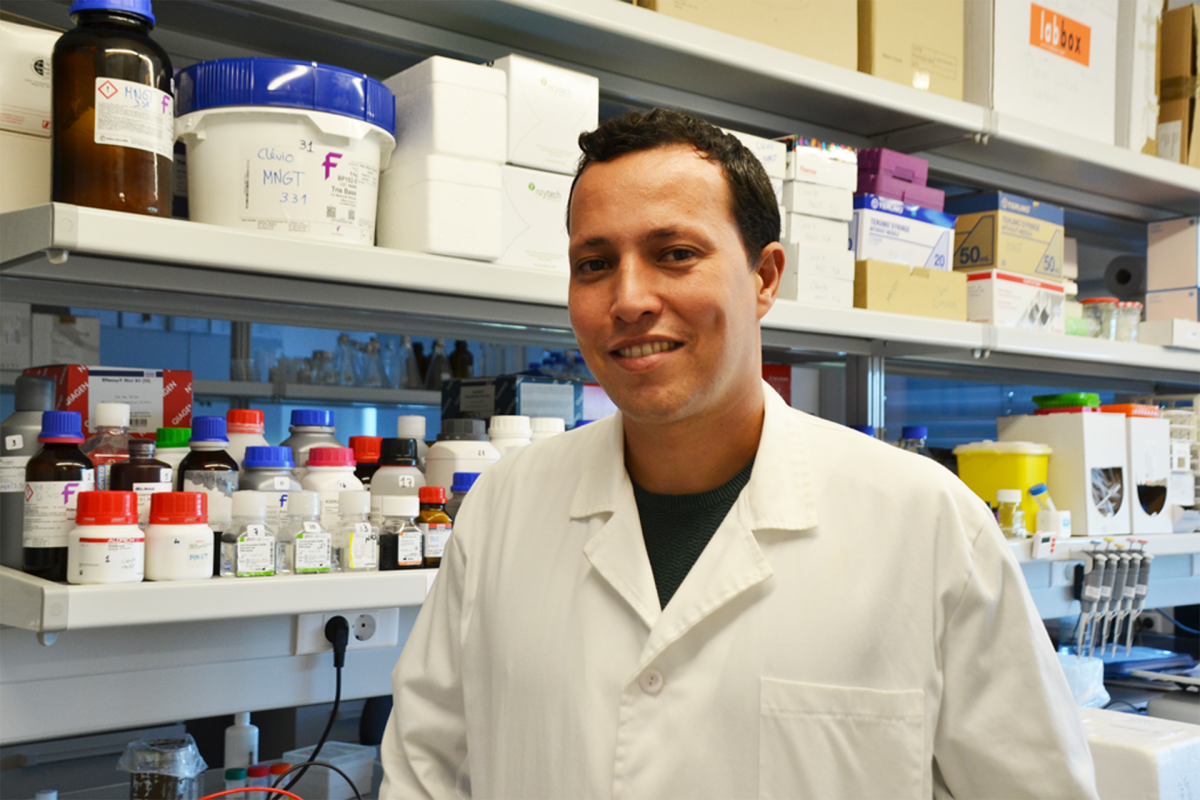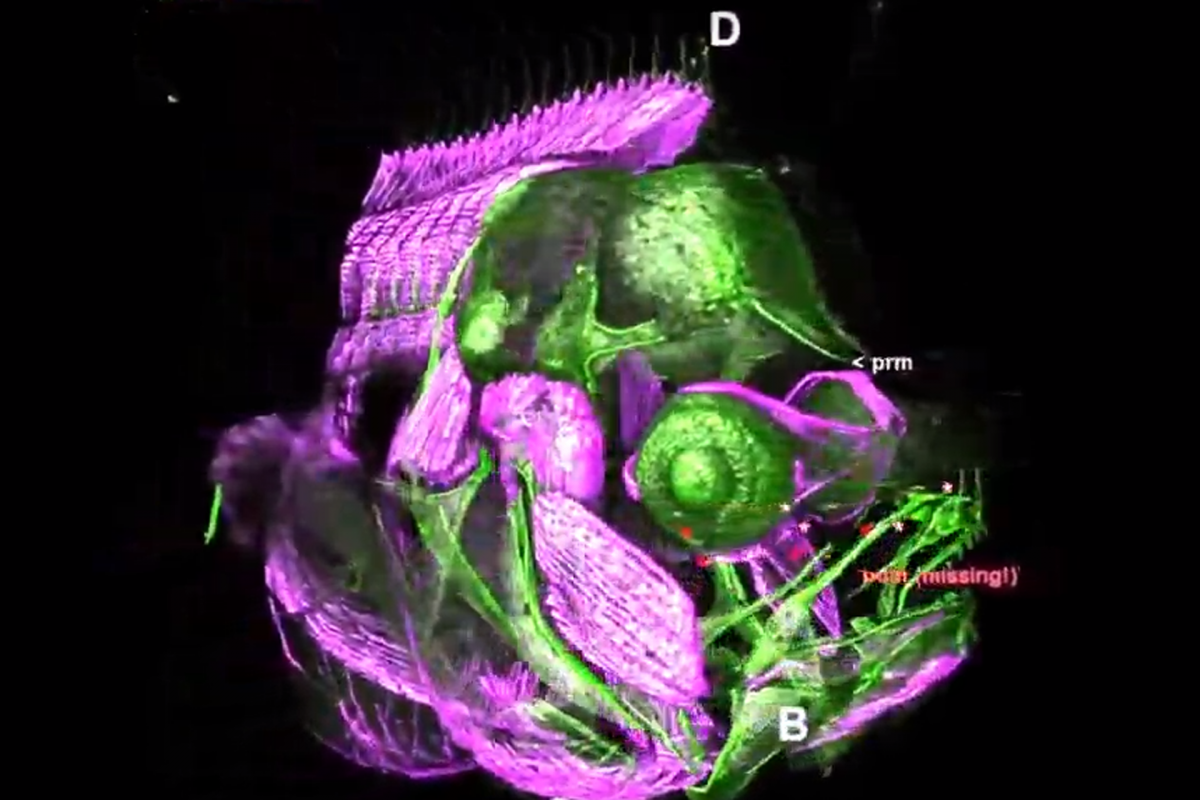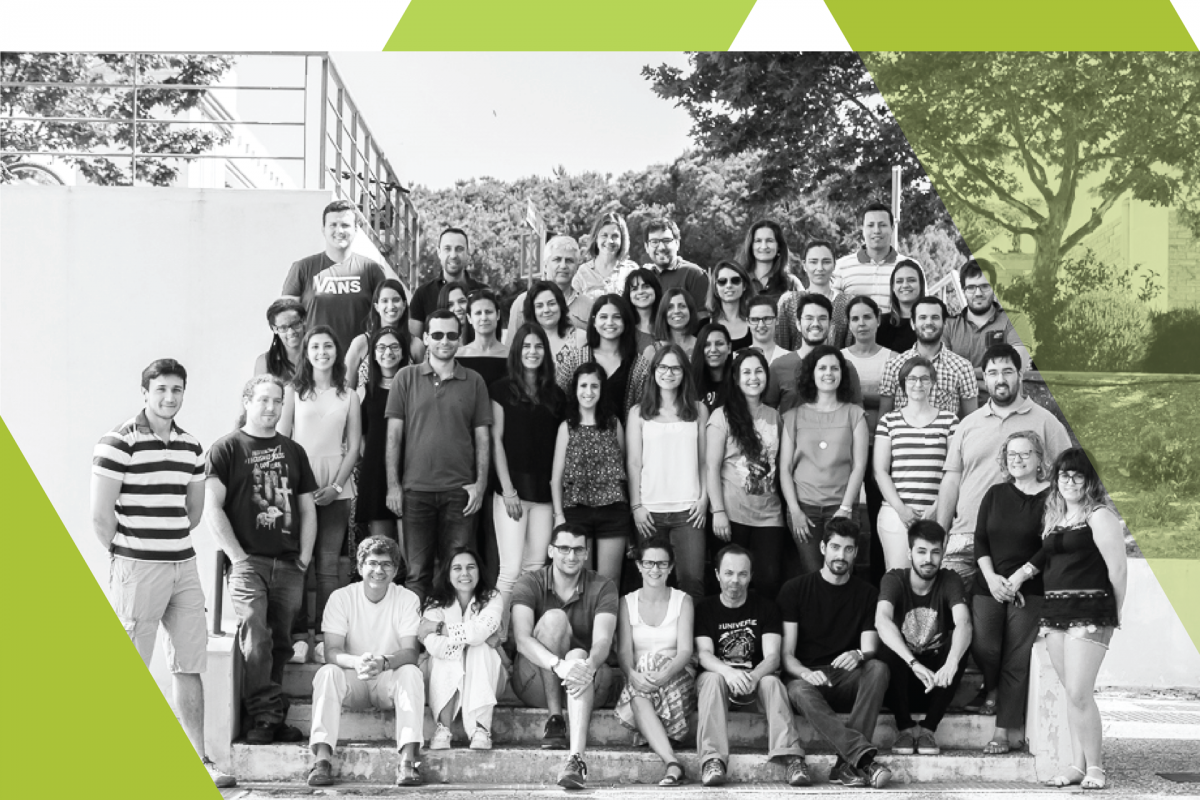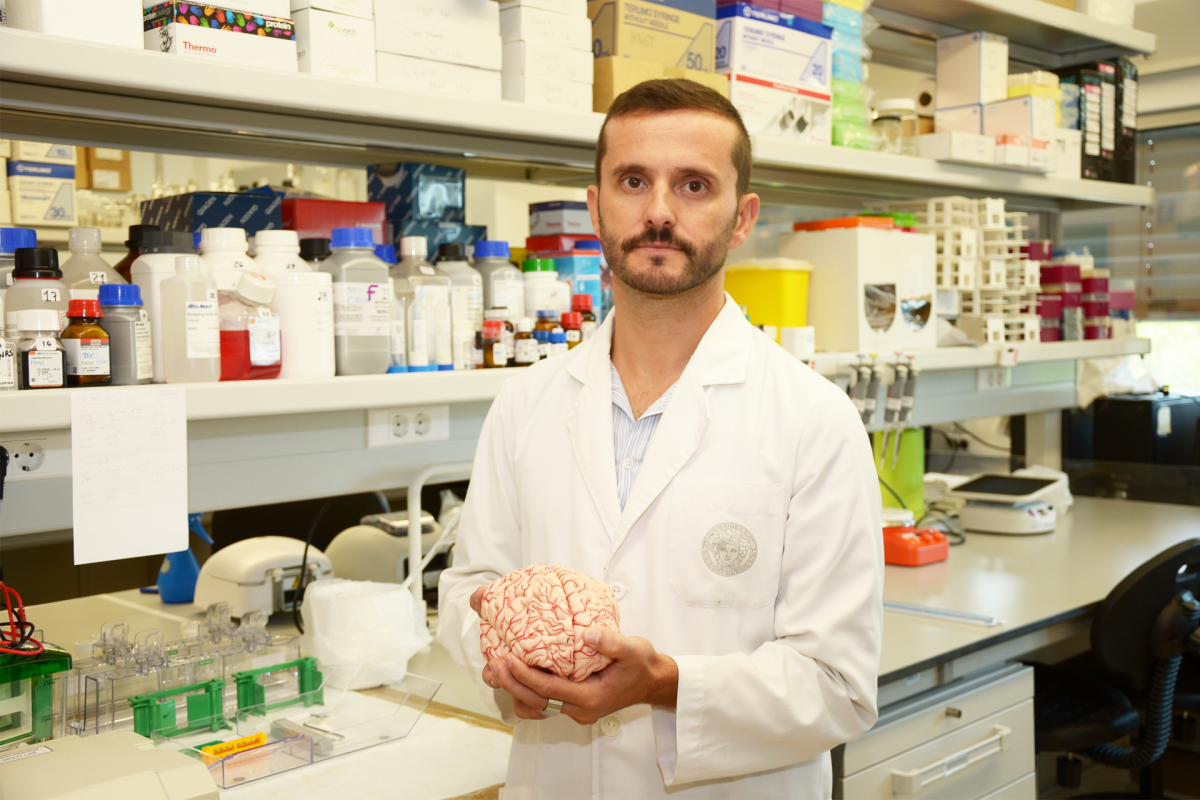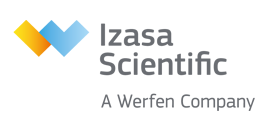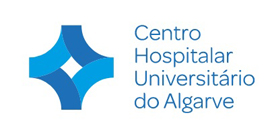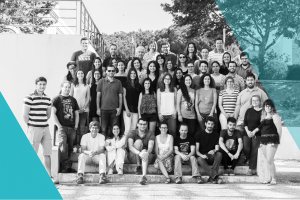Universidade do Algarve | 12h30 | Auditorium 1.8.1
Title: “Exploring the connection between SUMO conjugation and the splicing process”
Abstract: Most eukaryotic genes transcribed by RNA polymerase II give rise to precursor messenger RNAs (pre-mRNAs) containing exons and introns. Among several steps of mRNA maturation, splicing is the process by which introns are removed from the pre-mRNA and consecutive exons are joined. This process is carried out by the “spliceosome”, a highly dynamic complex of small nuclear ribonucleoprotein particles (snRNPs) and associated factors that assemble on pre-mRNAs in a precise and stepwise manner.
Several years ago our laboratory found that the splicing auxiliary factor SRSF1, a member of the SR family of proteins, functions as a regulator of SUMO conjugation, both in vitro and in living cells. We demonstrated that SRSF1 displays certain characteristics of SUMO E3 ligases and also affects the activity of a well-known member of this latter group, PIAS1.
The process known as SUMO conjugation or “SUMOylation” is a reversible post-translational modification consisting of the covalent attachment of a SUMO (small ubiquitin-related modifier) peptide to a lysine residue in the target protein, by an enzymatic cascade that resembles the ubiquitin pathway.
SUMO conjugation has gained a prominent role as a regulator of a great variety of cellular processes including transcription, DNA repair, chromatin organization, nucleo-cytoplasmic transport, and genome stability. On the contrary, there is extremely scarce information about its involvement in pre-mRNA processing and in particular during the splicing process. This is indeed curious considering that RNA metabolism-related proteins have been revealed as the most represented group among SUMO conjugation substrates by proteomic studies.
During my talk, I will go over recent data from my lab related to the study of the connection between the SUMO conjugation pathway and the splicing machinery, as well as related to the mechanism by which the splicing auxiliary factor SRSF1 is able to stimulate SUMO conjugation.







